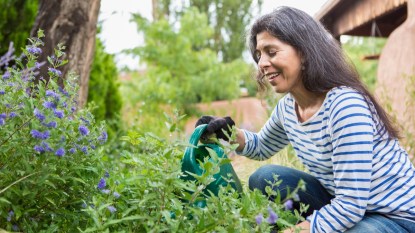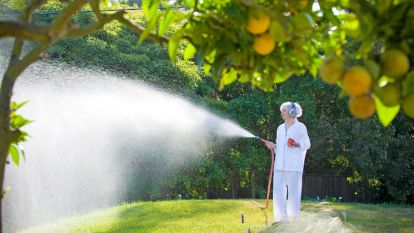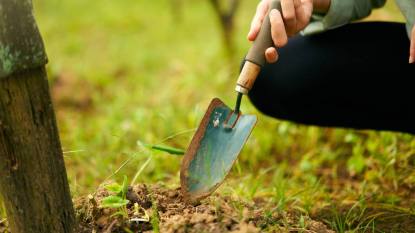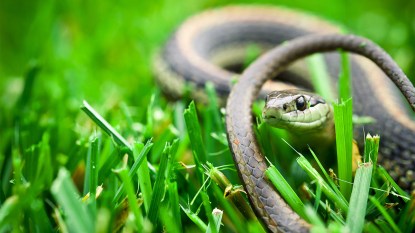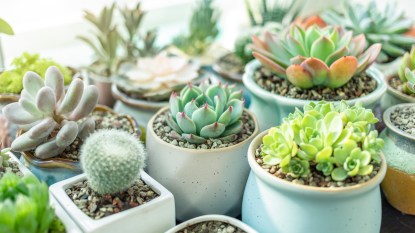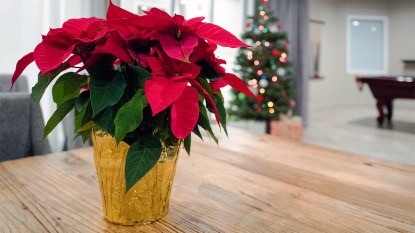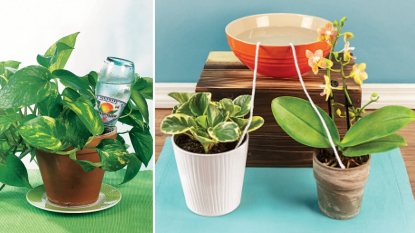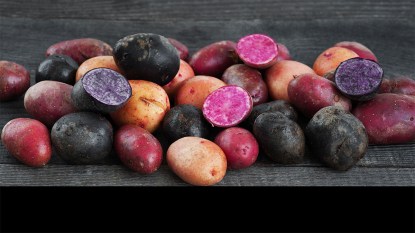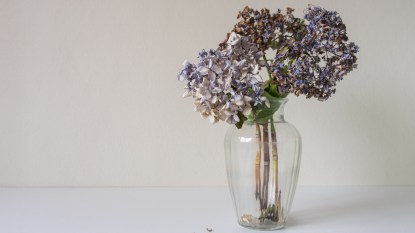Gardening Pro Says Insects Help These 3 Flowers Thrive in Your Outdoor Space
Here's to a healthy and vibrant spring garden.
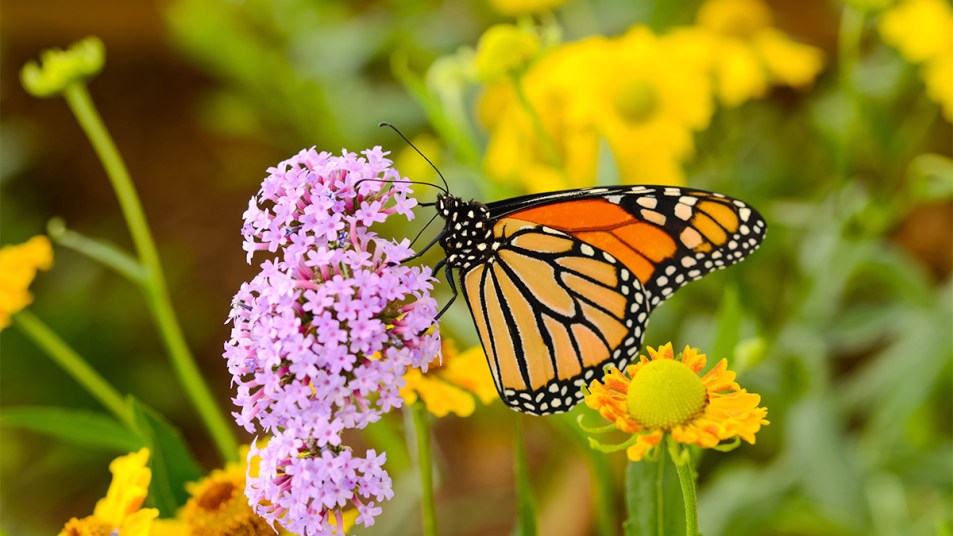
Nature’s most beautiful insects like butterflies and honeybees are in full force throughout spring. This means you’ll see critters flying around your patio and even turning your garden into their second home. Insects roaming a garden may sound alarming, but don’t worry because your blooms actually need them. Many of these insects transfer pollen from one flower to another. This cross-pollination process encourages plants to grow and reproduce, resulting in a successful seasonal garden.
To cultivate that symbiotic relationship and yield your most gorgeous garden ever, Tara Nolan, author of Gardening Your Front Yard (Buy from Amazon, $16.59) and co-owner of SavvyGardening.com, suggests planting specific flowers in containers that insects are drawn to. Below, she shares tips on how to attract butterflies and other critters to your garden using flower container displays.
For Butterflies: Sweet William
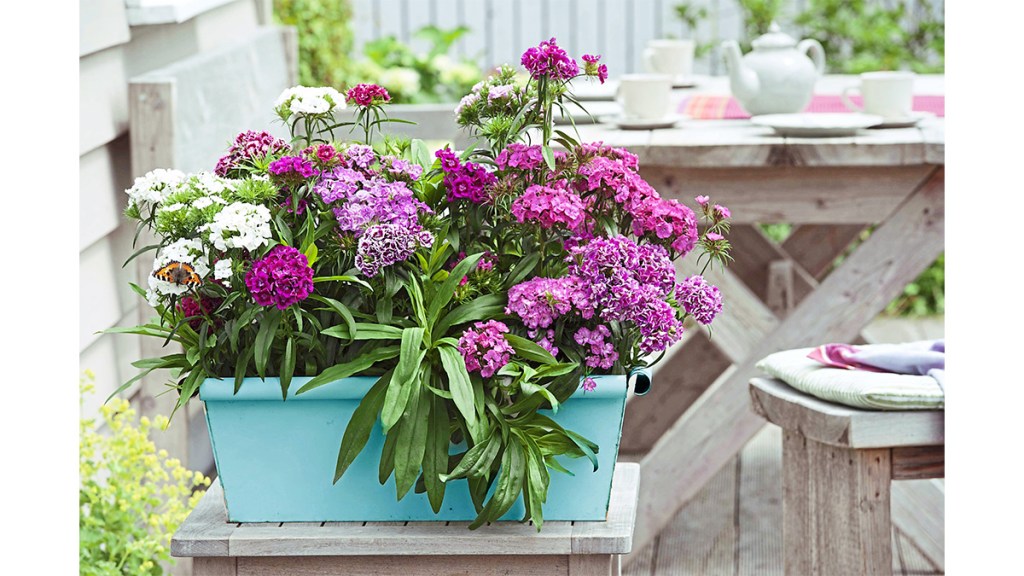
“Seeing birds, bees, butterflies, and other fascinating, beneficial insects in my garden brings me such joy,” Nolan says. Butterflies are particularly attracted to the sweet scent and nectar of sweet William. Plus, she notes that the plant’s flat-topped flowers act as a landing platform, making it easy for critters to access nectar. For a fresh color contrast, nestle plants into a blue window box filled with welldraining soil. Place box in full sun; water once weekly.
For Hummers: Colorful Columbines
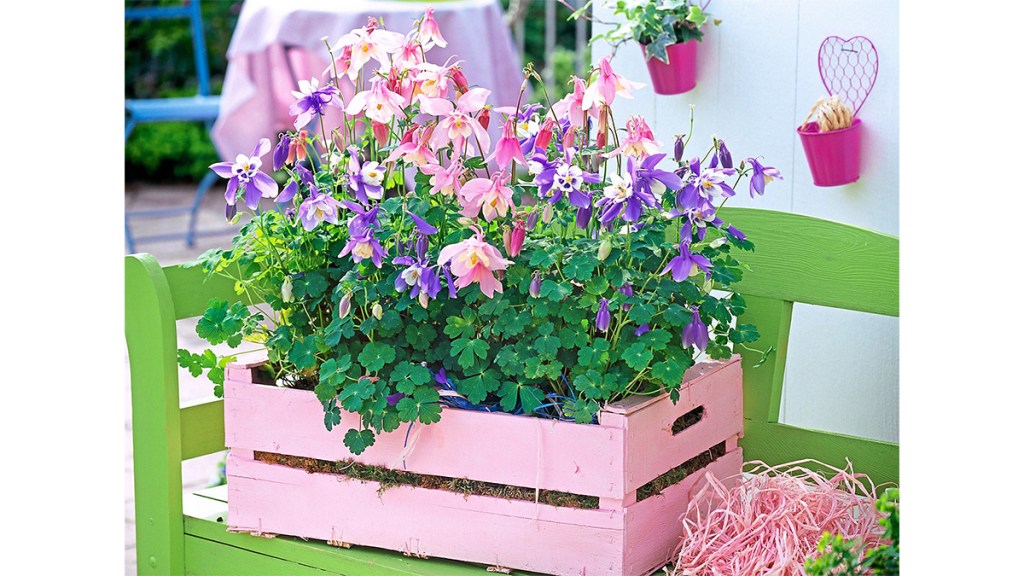
According to Nolan, these gorgeous flowers are tubular in shape and hold more nectar than other plants, so they’re highly attractive to pollinators like hummingbirds. Her savvy idea for displaying the blooms: Pop them into an upcycled fruit crate! Simply apply a coat of pink paint to a wooden crate, let dry, and then line with burlap before adding potting soil. (The permeable fabric will allow water to drain and keep soil contained.) Nestle columbine plants into soil so top of root balls are level with the soil’s surface; surround with more soil. Set in full sun to light shade; water once weekly.
For a Fluttering Trio: Woodland Sage
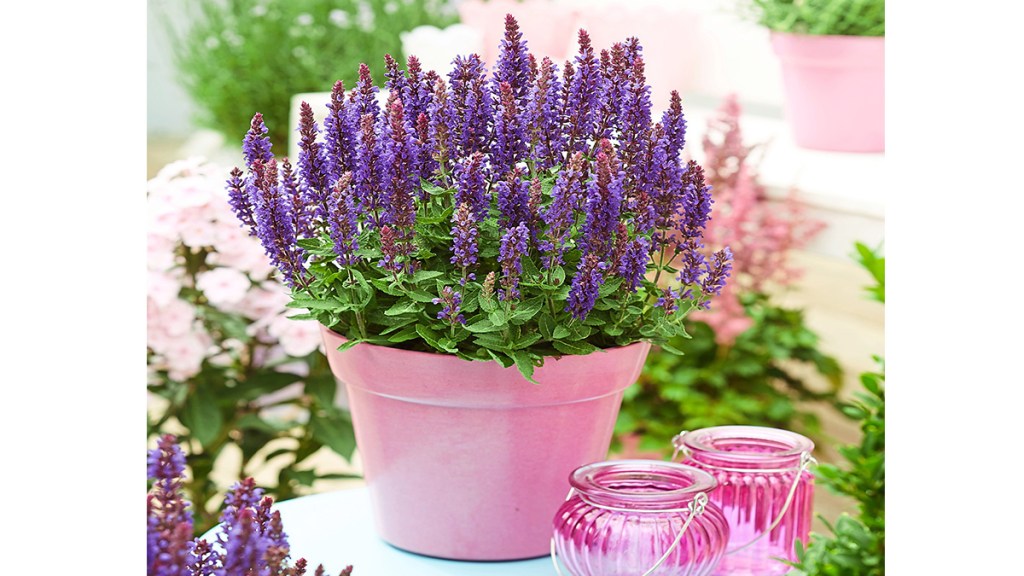
“Woodland sage tends to have lush, dense foliage and a profusion of blooms that are attractive to butterflies, hummingbirds, and even honeybees,” Nolan says. Honeybees collect nectar and pollen from the sage, then fly to other flowers in your garden, depositing pollen, and collecting more nectar. This essential cross-pollination helps your plants grow and reproduce, and planting woodland sage in a pink cachepot makes for a cheery summer display. Be sure to choose a pot with a hole in its base so the plant has adequate water drainage, Nolan adds. Set in direct sunlight for at least 12 hours a day; water when soil is dry. Cut back plants after they bloom to encourage a new flush of flowers.
A version of this article originally appeared in our print magazine, First for Women.


